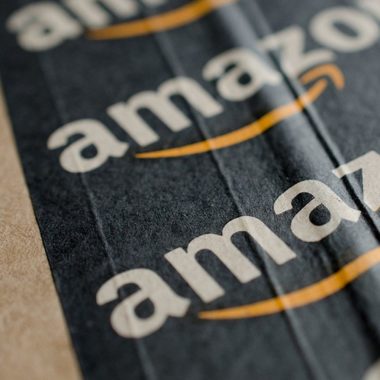Our in-depth discussion with Bob Howland, the first chief digital officer at Dawn Foods revealed some unvarnished truths for B2B businesses pivoting to digital.
Learn more about the path for driving transformation, building digital leaders internally, and tackling product data challenges.
Why Digital Transformation Is Essential for Future-Thinking B2B Brands
For many manufacturers, especially well-established businesses like Dawn Foods, seeing a future in digital is hard. With a customer base of independent bakeries and shops, as well as large grocery chains, the business had been running for decades without ecommerce.
As recently as 2019, not a single customer had placed an online order with Dawn Foods. But just because their customers couldn’t order online with Dawn Foods didn’t mean they weren’t ready to start.
Howland highlights how his team’s initial thoughts were that business was based more on local salespeople and partnerships — and ecommerce didn’t make sense for them at the start.
“We could go do what a U.S. Foods or Cisco are doing, but why do it? It’s not really needed for us,” he says. But this line of thinking wasn’t aligned with what his customers wanted.
“Well, guess what? Our customers want it. We know from research that 80% of our customers use Amazon as part of their business. They were ordering online today, just not from their major suppliers,” Howland says.
Launch a MVP for B2B Market Research
With no B2B online ordering, no digital product catalog, no pricing tool, and a sales team that would need a lot of training, Howland focused on launching a minimum viable product (MVP) to build an online offering quickly.
This approach was a strategic choice to roll out the MVP to a small group of customers who would use the new site and provide regular feedback. According to Howland, it was meant to provoke and capture customer responses.
Howland wanted to put the MVP out as market research to give his company the chance to hear what their customers were saying. “I wanted the customer to articulate: ‘Hey, this could really work!’ or ‘Man, if you put a product catalog online, you kinda need to have images,’” Howland says.
“I could get up in front of the company and say that all day long, but for a company that had never been in the online world, it would fall on deaf ears,” he says.
Digital Transformation Must Come From Within
As chief digital officer, Howland inherited a veteran team of IT professionals. Moving to digital, however, required an overhaul of what they did and how.
Howland gives his elevator pitch of his role at Dawn Foods: “I would say that I mentor analog executives to create digital executives. These folks had never worked in a business with ecommerce.”
Howland stressed that the education aspect of this was critical.
“The first year at Dawn, I spent 110% of my time turning analog executives and leaders into digital-enabled or digital-capable leaders and executives,” Howland says.
B2B Strategy Essentials: Product Data and the Voice of the Customer
As many manufacturers and distributors find, the path to digital uncovers an abundance of product data challenges. From taxonomy and product descriptions to product images, many B2B brands struggle with capturing, normalizing, and optimizing product data.
As Dawn Foods began building its digital catalog, Howland unlocked a crucial finding: They needed a program to capture how their customers understand the products Dawn Foods sells to create better quality product data.
“The mistake we make at Dawn is that we think we know the answers. In fact, if you don’t have a voice of the customer as part of your process — a deep, deep voice of the customer and a program to consistently get customer feedback — you often make wrong decisions,” Howland says.
He highlights an almost unbelievable example: “We were naming a donut mix that had a 100 character name — of which ‘donut’ was the 90th character. And we thought that was great.”
The customer feedback from the MVP showed his team why donut mix should have the words “donut” and “mix” in the first 10 characters.
“But we never would have known that. You’ve got to build the technical part, but at the end of the day, it’s got to be customer-facing in a way that makes sense,” he says.
Find Top-Quality Partners
Dawns Foods B2B ecommerce was launched in a short time frame, on time, under budget, and over scope. Howland talks about the importance of building a flexible platform with top-quality partners.
For Dawn Foods, this means using a microservices, APIs, cloud, and headless (MACH) build approach and finding strong people and providers.
In May 2019, Dawn Foods announced that it would build and launch a site nationally on July 1, 2020. At the time, Howland had “zero” technical resources or contracts with service providers and partners — and hadn’t done a platform assessment.
“It takes a community to raise a child,” Howland says, stressing that brands must be partnering with — and asking questions of — the top people and providers to “do ecommerce right.”
“When you do that together, you can really deliver something powerful,” Howland says.
Watch the full conversation with Bob Howland in our on-demand webinar, “Exec POV: Transforming into a Digital-First B2B Commerce Company,” to learn more about how digital transformation could help your B2B brand.





